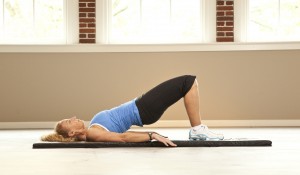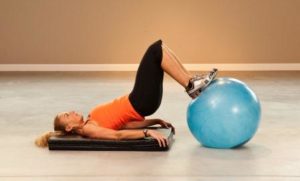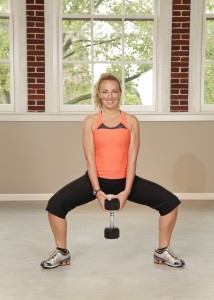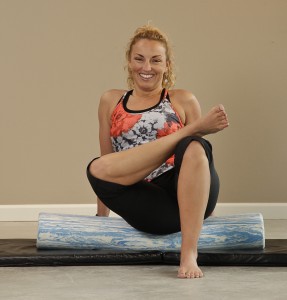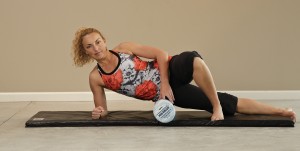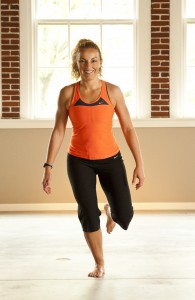Options When You Can’t Do Lunges & Squats

Most diehard gym enthusiasts resort to lunges and squats to train their lower body. However, many new exercisers may find these exercises too challenging and may even experience knee pain when attempting to perform them.
Without the ability to lunge or squat though, you will lose the ability to climb stairs, get out of a chair comfortably or even sit on a toilet. Clearly the inability to bend at your knees and hips can dramatically affect your quality of life and your ability to perform activities of daily living. It’s a dilemma because squatting and lunging are important movements, but clearly you shouldn’t do them if they are causing pain.
The pain that an individual experiences when lunging or squatting may be due to any of the following:
Poor kinesthetic awareness resulting in the exercises not being performed correctly
Muscle weakness or tightness in the tissues that results in poor mechanics and a more damaging knee articulation
Performing too many repetitions, too high of a load or a variation that is too advanced
Years of misalignment will often cause degeneration and wear and tear that can lead to osteoarthritis and pain
You can approach this issue in the following manner:
Strengthen your supporting muscles
Include your quads, hamstrings and glutes starting with gentler, less-loaded options. Floor work or seated exercises can help you condition your muscles and as they develop you can transition that strength into standing exercises like squats & lunges.
Release tightness in your supporting fascia
Focus on your hips and thighs. Using a foam roller or massage gun to release tight areas can help relieve tension and allow better, pain-free mechanics.
Improve your technique and mechanics
Investment in a fitness trainer or asking for technique tips from a fitness instructor at your gym can help assure you are performing the exercises correctly and progressing effectively. If exercising on your own, watch your form in a mirror to assure you are keeping your knees and toes tracking in the same direction and that your joints are stacked to minimize strain.
Progress appropriately
If you progress appropriately, you can perform lunges and squats pain-free.
Start with a 1-leg balance
Strengthen your ability to stabilize your pelvis and maintain appropriate muscle activation. Work towards the ability to maintain balance on each leg for 60 seconds without wobbling.
- Hip Strengthening Exercise
Knee Dips
Once you can stand on one leg and remain stable, stand in front of a mirror on one leg. Point your toes and knee forward so they point in the same direction. Square up your hips and shoulders to the mirror so you are stranding straight to the mirror. Avoid leaning on one hip. Imagine you’ve got a string attached to the top of your head and it’s pulling your body straight up so your posture is elongated.
Slowly bend your knee, allow your hips to transition backwards, and lower your body weight down and up with minimal range of motion. Your primary focus during this exercise is to ensure your kneecap doesn’t collapse in towards the midline of your body so that it points in the same direction as your supporting foot and that you’re not leaning into your hips.
Make sure your knee is not wobbling and is completely stabilized.
Do 30-60 seconds reach leg.
Increase your range of motion as your strength and balance improves.
Add Baby Lunges & Squats when you can.
When progressing to lunging and squat movements, start with minimal depth and range of motion and get deeper as you get stronger. Start adding more load as you become more conditioned and can squat or lunge pain-free.
If you are not able to progress to lunging or squatting, continue strengthening your lower body by performing less-loaded exercises like bridging, hamstring curls, side-lying leg lifts and other lower body floor work. Maintaining strength in your lower body is critical so get it however you can!
Yours in health & fitness,
Sherri McMillan

